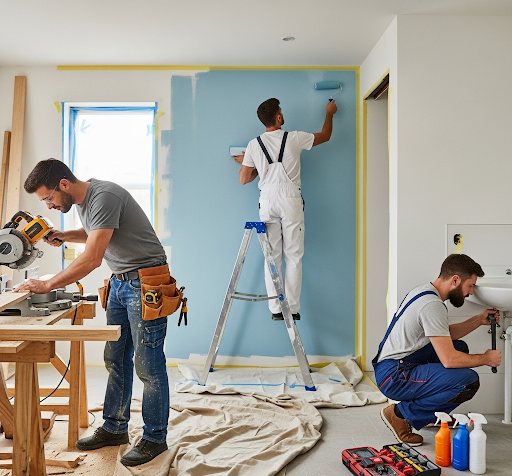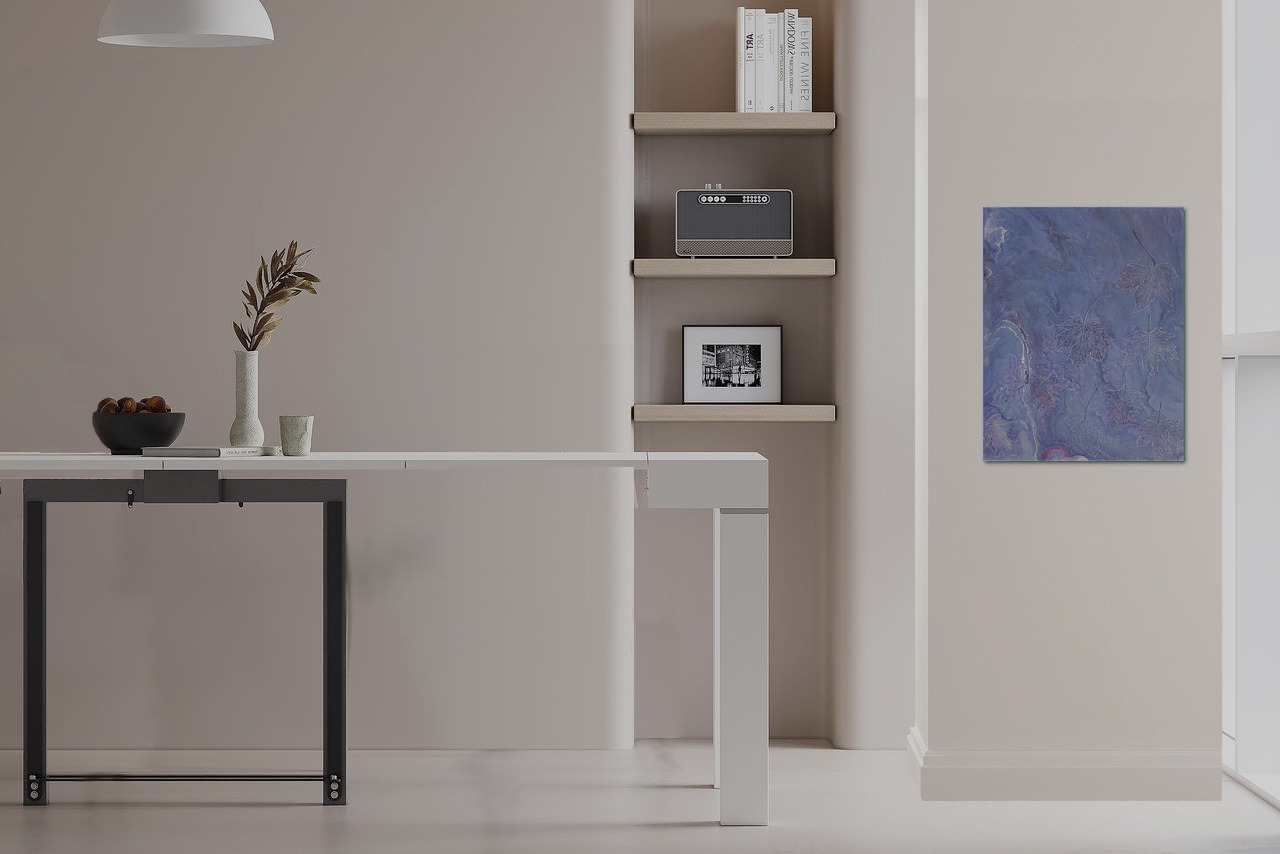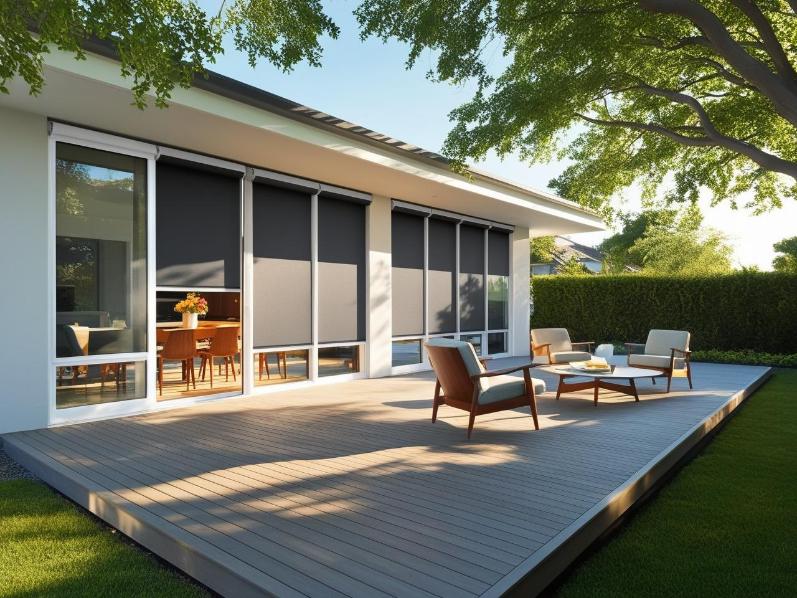Pay for Followers Wisely while Managing Realistic Home Improvement Goals
A social media account, such as TikTok, Facebook, and Instagram with good followers create social proof of your authority in a given niche. Many people, businesses, private individuals, and influencers are aiming to grow their followers as fast as they can. While building engaged, and organic following could take time, and energy, a quick fix is to pay for followers that are verified.
This same principle of long-term investment versus quick fixes also applies to maintaining your home. Just as a consistent content strategy builds a solid online following, establishing a regular schedule for home enhancements is key to preserving your home’s value and functionality.
Establishing a Schedule for Home Enhancements
Homeowners often wonder about the recommended year interval of doing home improvement projects. Maintaining a home involves ongoing care and attention, and periodic improvements are essential to preserve its value, functionality, and aesthetic appeal. Establishing a regular schedule for home improvement can help prevent minor issues from escalating into costly repairs and ensure the home remains a comfortable and safe living space.
Routine Annual Maintenance Tasks
Certain home maintenance tasks should ideally be performed on an annual basis. These often include inspecting and cleaning gutters to prevent blockages and potential water damage.
Checking and servicing heating and cooling systems ensures they are operating efficiently and safely. Examining plumbing fixtures for leaks and addressing them promptly can prevent water waste and structural damage.
Inspecting the roof for any signs of damage, such as missing or damaged shingles, is crucial for preventing leaks.
Additionally, testing smoke detectors and carbon monoxide detectors and replacing batteries as needed is a vital safety measure that should be part of an annual home maintenance routine.
Mid-Term Improvements Every Few Years
Beyond annual maintenance, some home improvement projects are typically recommended every few years. Painting interior and exterior walls can refresh the appearance of the home and protect surfaces from wear and tear. Resealing driveways and walkways can prevent cracks and extend their lifespan. Having carpets professionally cleaned can improve indoor air quality and prolong the life of the carpets. Depending on the climate and usage, repainting or restaining fences and decks may also be necessary every few years to maintain their structural integrity and appearance.
These mid-term improvements help maintain the overall condition and value of the property.
Longer-Term Renovations and Upgrades
Major home renovations and upgrades often occur over longer intervals, typically ranging from 10 to 20 years or more, depending on the specific components and their lifespan. These projects might include replacing roofing, siding, or windows, which are significant investments designed to improve energy efficiency and the overall structural integrity of the home.
Kitchen and bathroom renovations are also common longer-term projects that can significantly enhance the functionality and aesthetic appeal of these key areas. Upgrading major appliances, such as furnaces, air conditioners, or water heaters, may also be necessary as they age and become less efficient.
Factors Influencing Improvement Intervals

The recommended year interval for home improvement projects can also be influenced by various factors. The climate in which the home is located can play a significant role, with harsher weather conditions potentially accelerating wear and tear on exterior components.
The quality of the original construction and materials used will also impact how frequently repairs and replacements are needed. Additionally, the specific needs and preferences of the homeowner will influence the timing and scope of home improvement projects.


